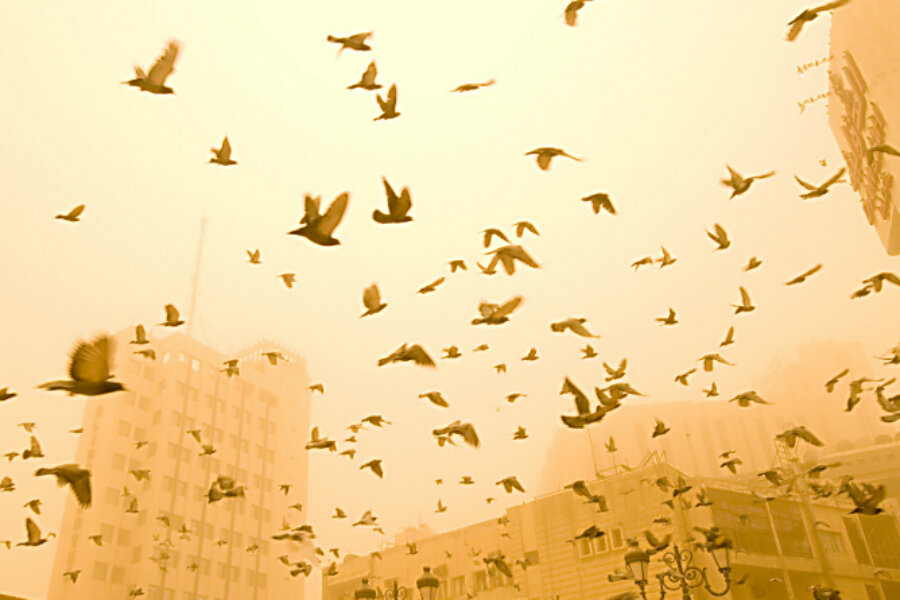How to prevent the sixth mass extinction
Loading...
This planet has entered a new period of mass extinction and human beings are chiefly to blame, a new study says.
But these same scientists say that there is a path that will avoid a true sixth mass extinction by employing aggressive conservation efforts.
“This will require rapid, greatly intensified efforts to conserve already threatened species and to alleviate pressures on their populations – notably habitat loss, overexploitation for economic gain, and climate change,” the researchers from the universities of Stanford, Princeton and Berkeley said in a report. But, they note, that this window of opportunity rapidly closing.
The activities precipitating the collapse of many species and ecosystems are related to human population size and growth which increases consumption and economic inequity.
According to the researchers, if the currently elevated extinction pace persists, humanity will soon (in as little as three human lifetimes) be deprived of many biodiversity benefits. This means that the Earth's ecosystem is likely to lose much of its ability to provide important life-support systems, from pollinating crops to cleaning and recirculating air and water
During the past century, industrialization has meant humanity has burned through eons worth of fossilized sunshine, changing the climate for all species. According to the Scientific American, humans use more than half of the planet’s land for cities, logging, or food, eliminating the habitats of other animals and plants.
To prevent the sixth mass extinction, one strategy being considered is moving threatened species of plants and animals into more sustainable environments could help them cope with changing climate, reports the Scientific American.
Specifically, [biologist Camille Parmesan of the University of Texas at Austin] and an international group of biologists are proposing moving certain carefully selected species, such as the Quino checkerspot butterfly, as their historic habitats change rapidly because of global warming. They aren't calling for drastic moves, though. "We are not recommending placing rhino herds in Arizona or polar bears in Antarctica," the group writes, as, for example, the polar bear would then devastate Antarctic penguin and seal populations that have never encountered such a predator. "We are, however, advocating serious consideration of moving populations from areas where species are seriously threatened by climate change to other parts of the same broad biogeographic region," meaning in nearby locations sharing similar ecosystems....
A group of naturalists, botanists and ecologists known as the Torreya Guardians has begun to transplant a spindly pine from the Florida panhandle—where Torreya taxifolia has dwindled as a result of disease and, potentially, climate change—to receptive arborists in more northerly climes.
While the history of introducing new species into new habitats is peppered with mistakes, there have also been successes.
And biologists have found ways to revive threatened species. In recent decades, for example, scientists have brought the black-footed ferret back from just seven individuals to 4,800 new ferrets.
"Our results indicate that populations of the black-footed ferret have the potential to rebound very quickly under favorable conditions, even after persisting at low levels for many years," says biologist Martin Grenier of the Wyoming Fish and Game Department.
Scientists in the new extinction study also warn that humans could be among the threatened species because in the aftermath of past mass extinctions, the ecosystem took hundreds of thousands to millions of years to rediversify. "If it is allowed to continue, life would take many millions of years to recover and our species itself would likely disappear early on," wrote the lead author, Gerardo Ceballos.
This study, follows another recent study published in the journal Science which concluded that the current species extinction rates are 10 to 100 times faster than previous estimates.






